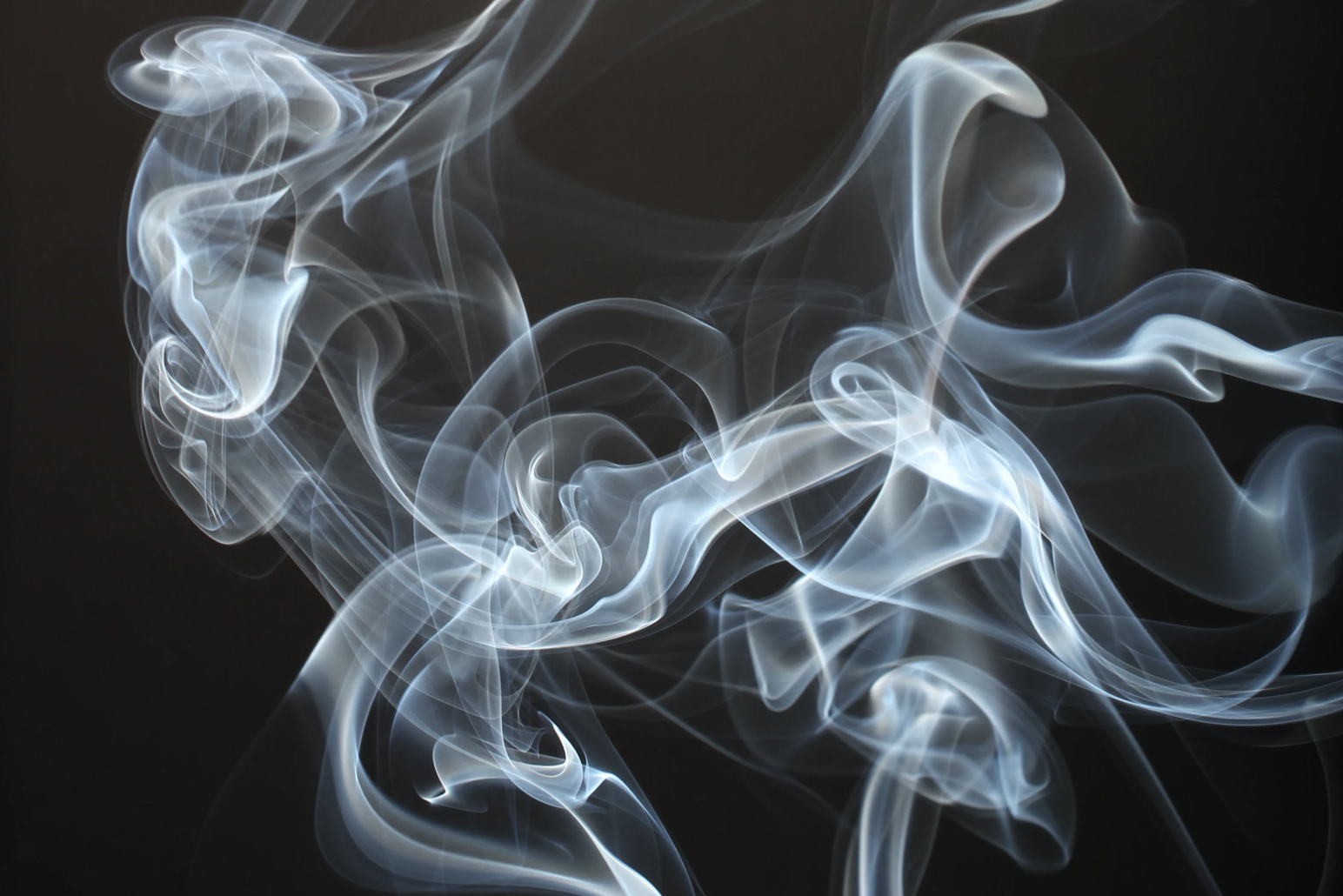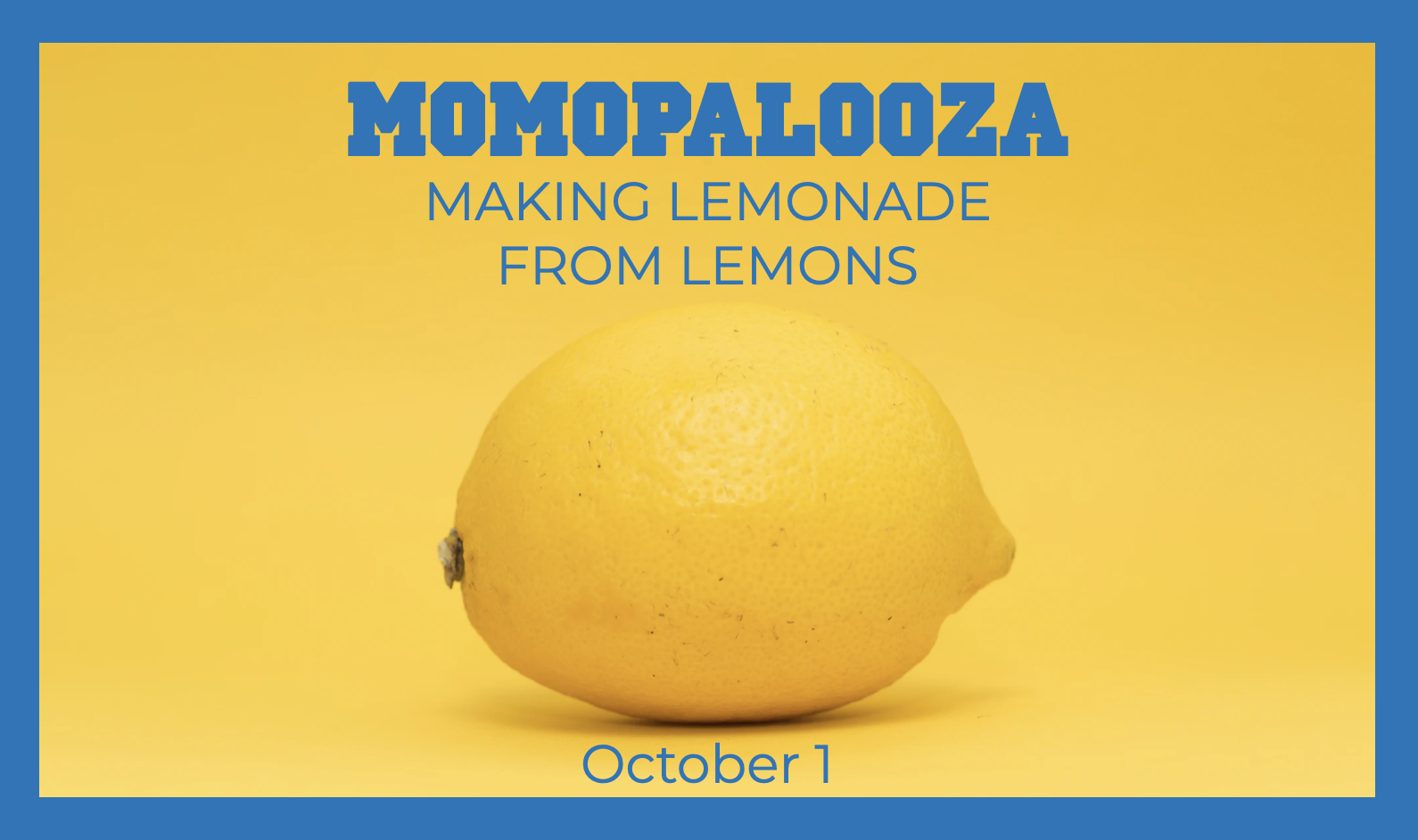Vaping as a Modality for Cannabis Use
by ANDREW TALBOT, M.D.
Today we are covering the basics of the inhalation route of administering cannabinoids: specifically vaporization (“vaping”) and combustion (or smoking).
Inhalation is one route of administration for cannabinoids, in addition to many others (sublingual, oral/ingestion, topical, etc.) and has both pros and cons. It works nearly instantly, lasts just a couple of hours (at the most), is reasonably easy to titrate, but can be expensive (if using a flower vaporizer).
It also has several negative health impacts. Additionally, I have found that many new cannabis users consider inhalation to feel stigmatized because of their preconceptions, valid or not.
Smoking is, of course, the most storied, traditional method of using cannabis. It involves heating the cannabis (usually with a flame) to around 1000-2000 degrees F and causing it to burn. The smoke is then inhaled into the lungs, where the contents rapidly pass into the bloodstream.
Unfortunately, smoking produces harmful polycyclic aromatic hydrocarbons (PAH), carbon monoxide (CO), tar, and potential thermal injuries to the respiratory epithelial surface. It wastes the product, losing around 30-50% of the flower, and potentially destroys the terpenes and flavonoids.
Some proponents argue that the flavor and ritual of the smoking act balance out these negatives. It certainly is a reliable, time-proven method, though.
Vaping involves heating the product only to the boiling point of the active medicinal compounds in cannabis, which can vary between 320-540 degrees F. The compounds are released from the plant/product as a vapor that is far cooler than smoke.
Like smoking, the vapor is inhaled and passes quickly into the bloodstream. This method drastically decreases (but does not eliminate) PAH, with few other harmful side effects of smoking. It preserves the product better than smoking, is less wasteful, and produces slightly higher blood levels of cannabinoids after use than smoking.
Vaping can be done either with dry, raw flower or with cannabis concentrates. Most cannabis dispensaries carry inexpensive rechargeable or disposable “vape pens” with a standardized, threaded cartridge containing concentrated cannabis oils.
Cartridges are often found on the black market, which should be avoided due to harmful contaminants’ potential.
Vaping flower is also done with the aid of a vaporizing device, which can vary significantly in size/portability, ability to adjust the temperature, and cost.
Neither inhalational route has ever been proven to cause lung cancer or emphysema, though chronic cannabis smoking is associated with bronchitis, coughing, and increased phlegm production.
For cannabis inhalation, Drs. MacCallum and Russo* suggest an initial dosing regimen to start with one inhalation and then wait 15 minutes. Then, patients may increase by one inhalation every 15–30 min until desired symptom control has been achieved (or side effects are encountered). This advice to “start low and go slow(ly)” should allow the new user to titrate their medicine to effect safely.
Currently, my advice to my patients is to avoid combustion altogether, given the harmful effects. I believe that vaporization is superior to combustion in every possible way, save for the expense and convenience of a powered or “dry herb” vaporizer.
The recent spate of mysterious respiratory illnesses among vaporizer users causes some alarm. While the cases seem to be most closely linked to illegally purchased and untested concentrate vaporizer cartridges, I advise patients to avoid using them until the cause has been identified and their products are deemed safe.
If inhalation is the desired administration route, my advice is for patients to use raw flower vaporization. This seems to be the best and safest inhalational delivery method at the current time.
Dr. Andrew Talbott,
TRUCE Medical Advisor
The Utah Bee Advisory Board member
Board Certified in Anesthesiology and Pain Medicine
*” Practical considerations in medical cannabis administration and dosing.”
MacCallum, Caroline A., et al.
European J. of Internal Medicine, Vol. 49, 12 – 19
The updated article was originally posted on TRUCE.
ADVERTISEMENT



